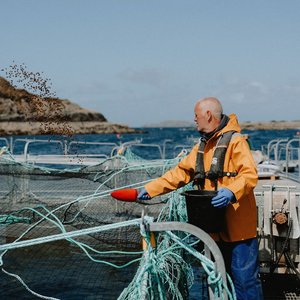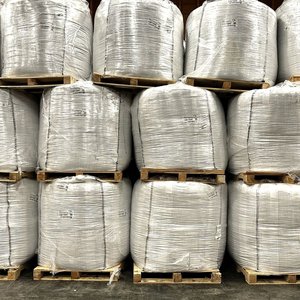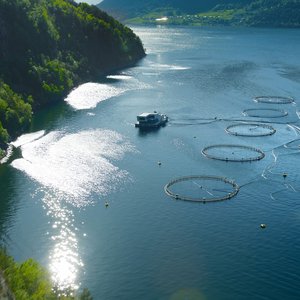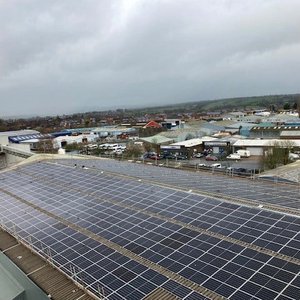The flow in aqua feed extrusion is a very complex topic because it involves temperature dependent non-linear viscosities, viscoelastic fluid behaviour, gas expansion and complicated flow geometries. Experimentally it is difficult, if not impossible, to determine the influence of each parameter. Computational fluid dynamics (CFD) methods on the other hand allow for the studying of effects separately, they are time-saving, cost-efficient and avoid wasting valuable raw materials. Today, with the power available in standard computer workstations it is possible to realistically model the flow through elaborate extrusion dies, even in an industrial R&D environment.
Daniel Stoffner from Bühler will describe outcomes of the company\'s investigations into the effects of viscous heating and shear-thinning viscosity on aquafeed die flow at Aquafeed Horizons 2017. Typical models spanned the final windings of a twin-screw, the transition from a twin-screw barrel to an axisymmetric die, as well as inserts and nozzles. However, more complicated aspects such as heterogeneous material, viscoelasticity, thixotropic viscosity or gas expansion have not been addressed.
See the full program and register at: http://feedconferences.com. Places are limited, register soon.







